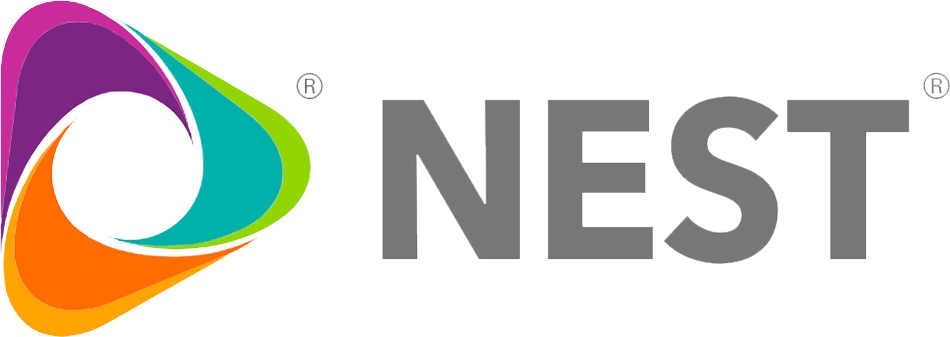If there’s one thing your organization undoubtedly relies on to make sound decisions, it’s data. But data isn’t going to move the needle all by itself—in order to gain clarity and put data-driven insights to good use, you must deploy analytics.
Think of data like the proverbial tree falling in the forest: If no one’s around to capture it, does your data even exist? Without the proper analysis, you can’t hear the story your data is trying to tell. Using data to run analytics is particularly important in facilities management (FM) because FM is an industry that’s crucial to fostering a safe and enjoyable customer experience. So, if you’re focused on improving your customers’ in-store shopping experiences, (if you’re not, put that at the top of your to-do list) learning to leverage data-backed insights will help you reach your CX goals.
To gain visibility across all aspects of your FM program, it’s helpful to understand the four basic types of analytics and how you can take advantage of them.
Descriptive Analytics: What Happened?
Descriptive analytics serve as a window into the past, allowing you to look back at exactly what occurred and when. Curious about the current state of your equipment, resources and work order volumes? Descriptive analytical reports based on raw data derived from multiple sources will signal if something is amiss, but they won’t tell you why—for that, you’ll need diagnostic analytics.
Diagnostic Analytics: Why Did It Happen?
Now that you’ve determined the “what” behind your data, you can begin to uncover the “why.” Much like a diagnosis you’d receive from your doctor, diagnostic analytics help you identify a potential problem or area for improvement.
This data can be used to accomplish all sorts of tasks, from calling out impactful trends or anomalies to pinpointing exactly where a particular strategy or initiative didn’t achieve the desired results. With this information in hand, you can begin to problem-solve and optimize different facets of your FM program, including budget, operations and asset management.
Predictive Analytics: What’s Likely to Happen Next?
Descriptive and diagnostic reports provide insights into the past, while predictive and prescriptive analytics help you look to the future.
As the name implies, predictive analyses point to what might happen if certain conditions are in place. These models capture relationships among a number of historical data points to assess risk and help you craft a proactive strategy. A retailer, for example, could use advanced analytics to predict outcomes associated with a rebranding project. Just keep in mind that this type of analytics will provide you with an approximate estimate of the future and shouldn’t be considered an exact science.
Prescriptive Analytics: What Action Do We Take?
Prescriptive analytics relies not only on historical internal data, but external data such as industry benchmarks, as well. This extra layer of information puts all of your organizational assets in the context of wider market or industry influences, which ultimately allows you to determine the best solution for your facilities. The prescriptive approach also helps you define what changes are necessary to arrive at your ideal solution.
The key takeaway to keep in mind is that each type of analytics builds on the previous stage. To forecast the future (predictive/prescriptive analytics), you must first understand the past (descriptive/diagnostic analytics). Once you begin analyzing your data, you can reap the many benefits of FM analytics, including:
- Increased operational efficiencies
- Informed decision-making
- Reduced spend
- Enhanced service delivery
Data is everywhere, but it won’t make a difference in your organization unless you leverage it. Analytics will help you do just that.
To learn how your organization can leverage data-backed insights to improve operations, check out NEST’s approach to Powerful Analytics and comprehensive Integrated Facilities Management solution.







